While you’re stuck in traffic jams, some traders are still crossing continents with nothing but camels and centuries-old wisdom.
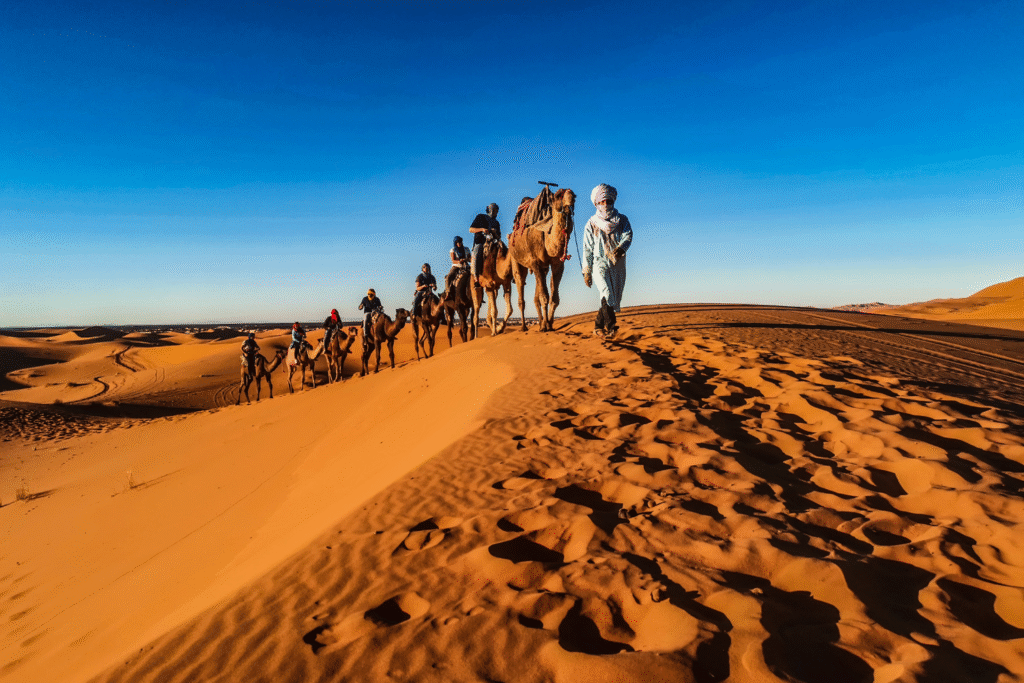
Picture this scenario: it’s 2025, and somewhere in the vast expanse of the Sahara, a line of camels stretches toward the horizon, carrying precious salt across the same routes their ancestors traveled a thousand years ago. Most people assume camel caravans died out with the invention of the pickup truck, but they’d be completely wrong. These ancient trade networks continue operating in some of the world’s most remote corners, defying modern transportation and proving that sometimes the old ways refuse to fade away quietly.
1. Tuareg traders still spend half their lives crossing 1,500 miles by camel.
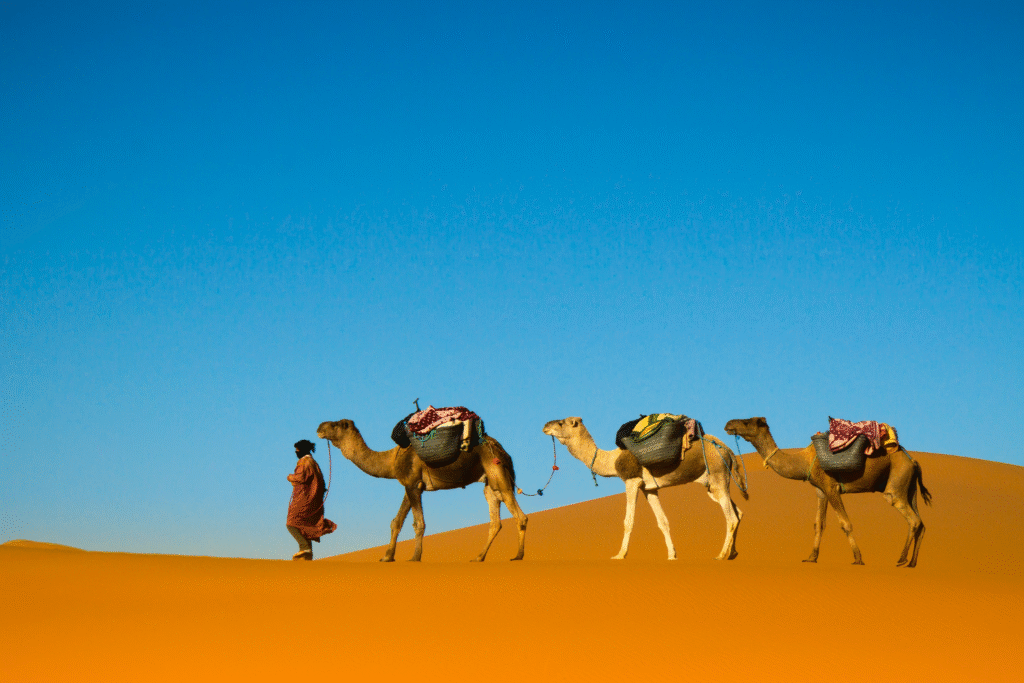
According to Wikipedia’s documentation of camel trains, some members of the Tuareg – a nomadic people who live across the Sahara Desert in countries like Mali, Niger, Algeria, and Libya – still use the traditional trade routes, often traveling 2,400 km (1,500 miles) and six months out of every year by camel across the Sahara trading in salt. These aren’t desperate people with no other options, they’re skilled merchants who’ve calculated that camels still offer advantages that trucks simply can’t match in certain terrain and political situations. Modern borders, checkpoints, and fuel costs have made motorized transport increasingly complicated for cross-desert trade.
The commitment required is staggering when you really think about it. Half a year of your life spent walking behind camels, navigating by stars, and sleeping under desert skies just to move salt from remote mines to market towns. That’s like walking from New York to Denver and back again, except through one of the world’s largest deserts. Yet these traders continue because the economics still work, the routes remain viable, and frankly, because their camels can go places where even the most rugged 4×4 vehicles fear to tread.
2. Traditional routes connect places that Google Maps probably can’t even find.
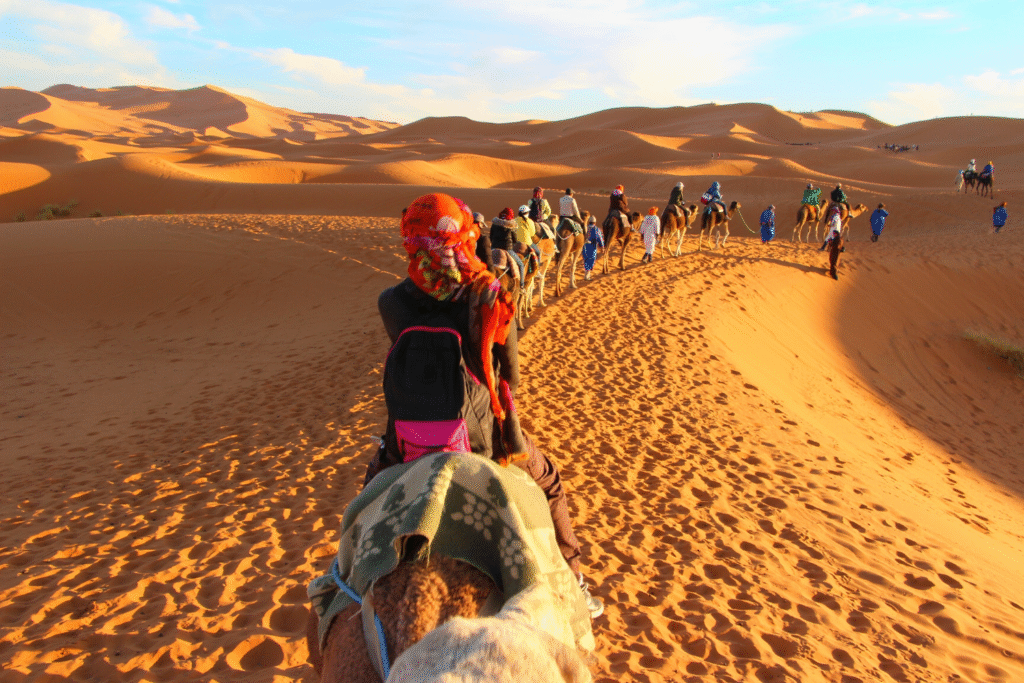
The shorter Azalai routes from Agadez to Bilma and Timbuktu to Taoudenni maintain regular use despite being largely abandoned by modern transport, as reported by trans-Saharan trade documentation. These aren’t scenic tourist paths – they’re working commercial highways that happen to be made of sand instead of asphalt. The places they connect often exist as mere dots on specialized maps, remote outposts where salt mines or ancient trading posts still anchor local economies.
What makes these routes particularly fascinating is their resilience. Political upheavals, colonial boundaries, and modern nation-states have all tried to redirect or eliminate these ancient pathways, but the geographic and economic logic remains unchanged. Salt deposits don’t move just because someone drew new borders, and the most efficient way to reach them sometimes still involves following trails established when the Roman Empire was a going concern.
3. Multiple ethnic groups coordinate massive caravans that dwarf most modern shipping operations.
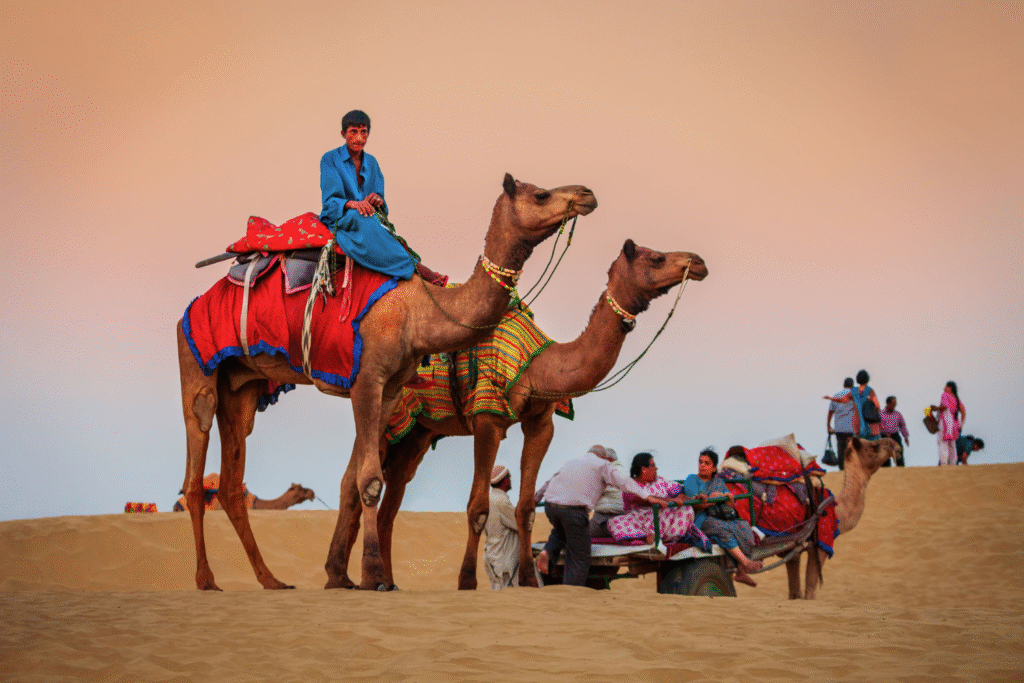
By far, the greatest use of camel trains occurs between North and West Africa by the Tuareg, Shuwa and Hassaniyya, as well as by culturally-affiliated groups like the Toubou, Hausa and Songhay, according to historical trade documentation. These groups organize expeditions that can involve thousands of animals and hundreds of people, creating temporary cities that move across the desert. The coordination required rivals any modern logistics operation, except it’s accomplished through oral tradition and cultural knowledge passed down through generations.
The scale becomes mind-boggling when you consider the distances involved. These caravans travel as far south as central Nigeria and northern Cameroon in the west, and northern Kenya in the east of the continent. Modern shipping companies would need satellite navigation, fuel depots, and massive infrastructure investments to cover similar territory, while these traditional traders accomplish it with animals that essentially fuel themselves by eating desert plants along the way.
4. Mongolia keeps nearly half a million camels busy in the world’s most remote desert.
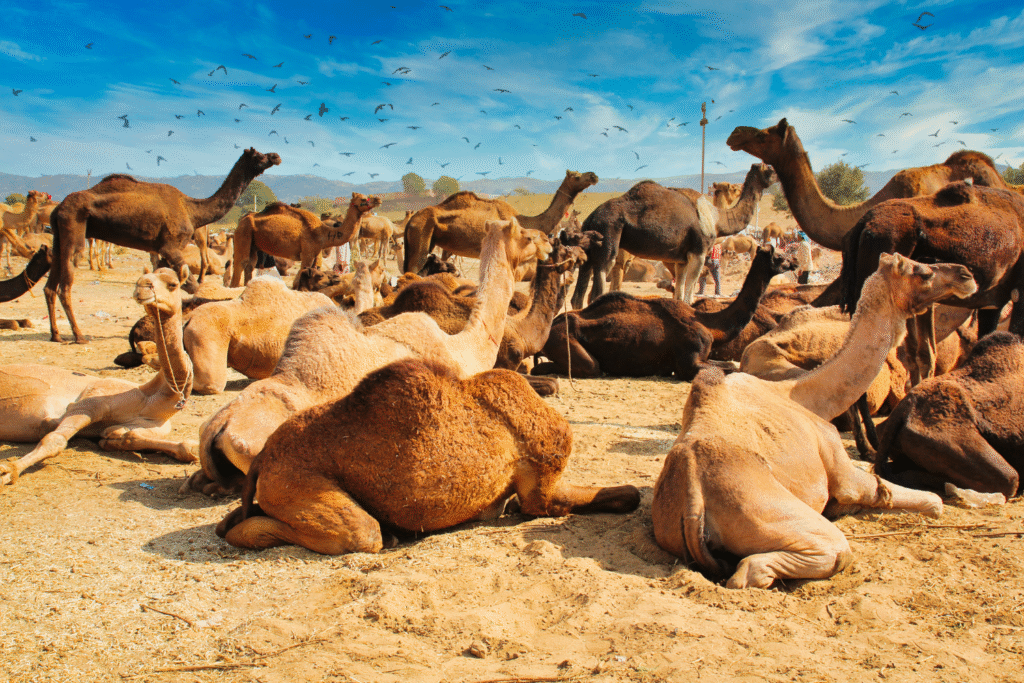
Mongolia maintains an estimated 470,000 camels, mostly in the Gobi, all domesticated by nomadic herders and kept in open rangelands. These aren’t museum pieces or tourist attractions, they’re working animals integral to the survival strategies of people living in one of Earth’s most challenging environments. The Mongolian approach differs dramatically from African caravans, focusing more on local transportation and resource gathering than long-distance trade.
The sheer number is staggering when you consider that Mongolia’s entire human population is only about 3.3 million people. That’s roughly one camel for every seven people in the country, suggesting these animals play a far more significant role in daily life than most outsiders realize. Bactrian camels in Mongolia serve multiple functions – transportation, milk production, and even fiber harvesting – making them essentially living, breathing multi-purpose vehicles perfectly adapted to local conditions.
5. Salt mines in impossible locations still depend entirely on camel logistics.
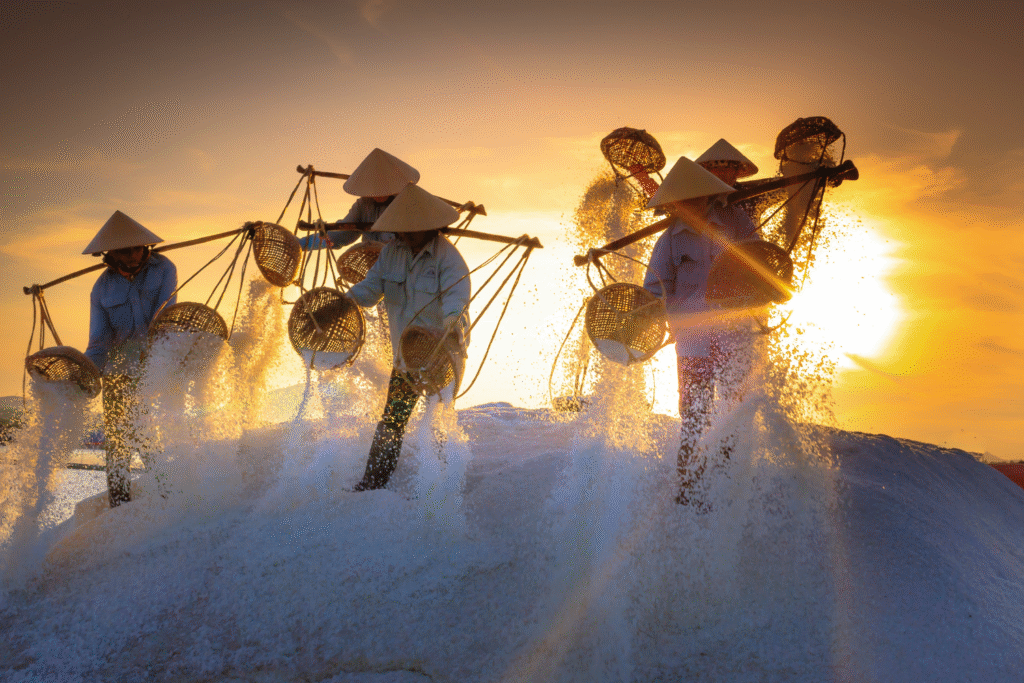
Remote salt deposits scattered across the Sahara continue operating specifically because camels can reach places where no other form of transport makes economic sense. These mines exist in locations so isolated that bringing in trucks would require building roads across hundreds of miles of shifting sand, while maintaining fuel supply lines would cost more than the salt is worth. Camels eliminate these infrastructure requirements entirely.
The economic equation remains surprisingly simple. A camel can carry substantial loads, requires no external fuel, maintains itself on desert vegetation, and handles terrain that would destroy mechanical vehicles. When you’re extracting a relatively low-value commodity like salt from extremely remote locations, this combination of capabilities becomes not just useful but absolutely essential. Modern mining operations might be more efficient in accessible locations, but they’re completely impractical in the middle of nowhere.
6. Border restrictions accidentally created new opportunities for traditional transport.
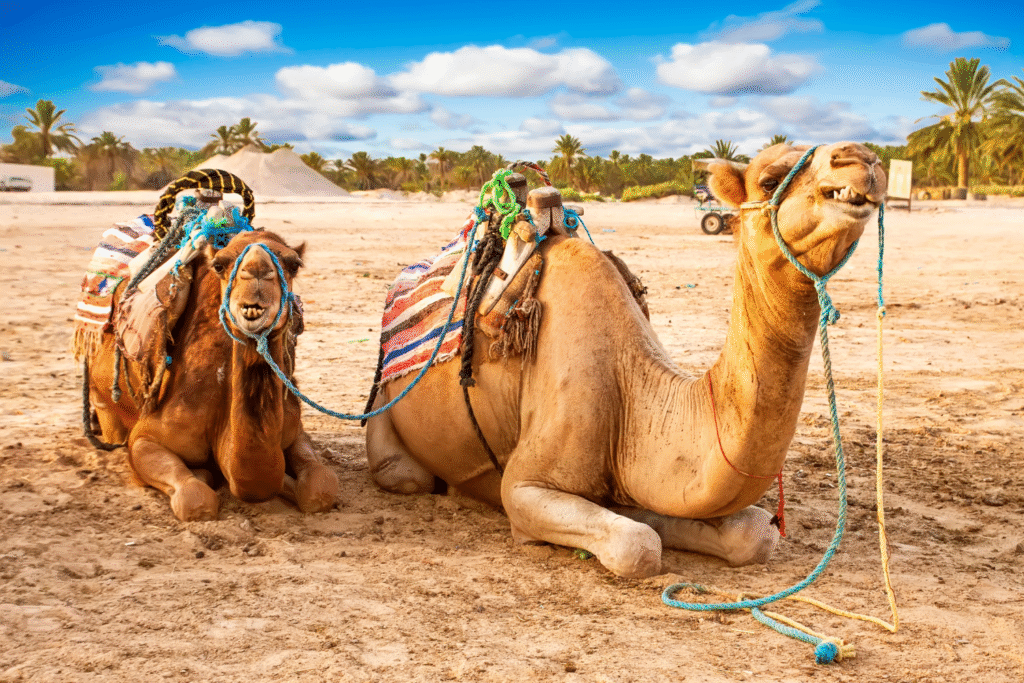
National governments hostile to Tuareg nationalism made few efforts to maintain trans-Saharan trade routes, inadvertently creating situations where camel caravans face fewer regulatory hurdles than motorized transport. Modern borders often slice through traditional trading territories, creating paperwork nightmares for truckers while camel herders slip across boundaries using paths that predate most nations by centuries.
The irony is delicious. Governments trying to control and modernize remote regions have sometimes made traditional methods more attractive by making modern alternatives bureaucratically impossible. A camel caravan might avoid border checkpoints entirely, while a truck carrying the same goods could spend weeks waiting for permits and inspections. Sometimes progress creates its own inefficiencies.
7. Climate change is actually helping camels outcompete modern vehicles.
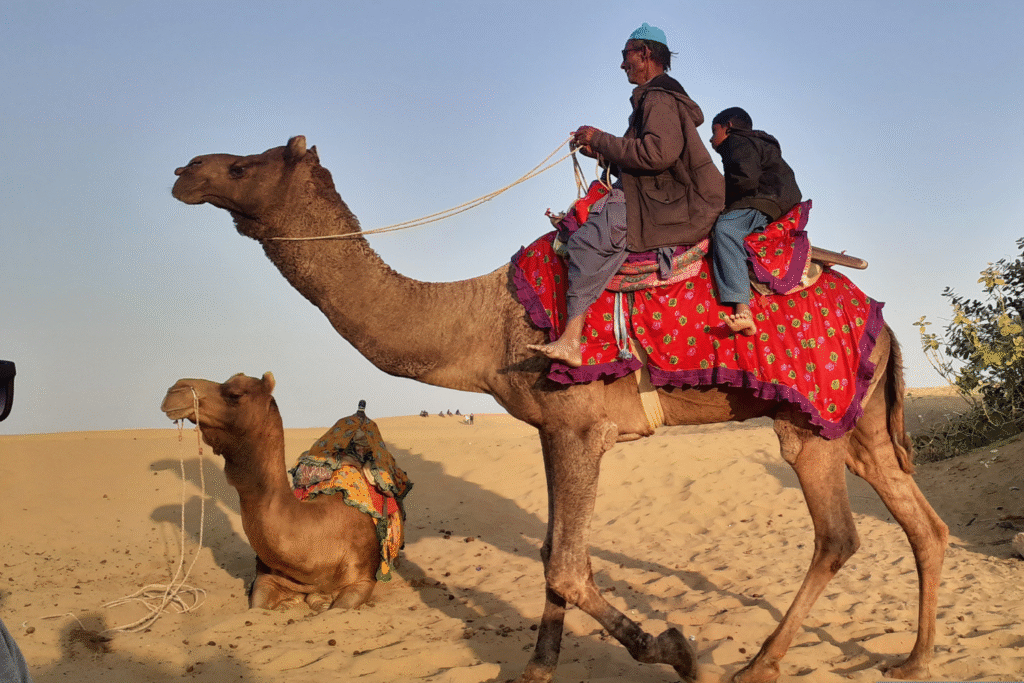
Increasingly frequent extreme weather events and changing precipitation patterns in desert regions favor animals that can adapt to unpredictable conditions over machines that require consistent infrastructure. Camels thrive in situations that strand trucks – sandstorms that clog engines, flash floods that wash out roads, and extended droughts that make fuel transport prohibitively expensive.
The adaptability advantage becomes more pronounced as weather patterns grow more erratic. A camel caravan can change routes, wait out storms, or find alternative water sources using skills and knowledge accumulated over generations. Mechanical transport depends on predictable conditions and maintained infrastructure, both of which are becoming less reliable in many remote desert regions facing climate-related challenges.
8. Tourism money is financing the preservation of authentic trade routes.
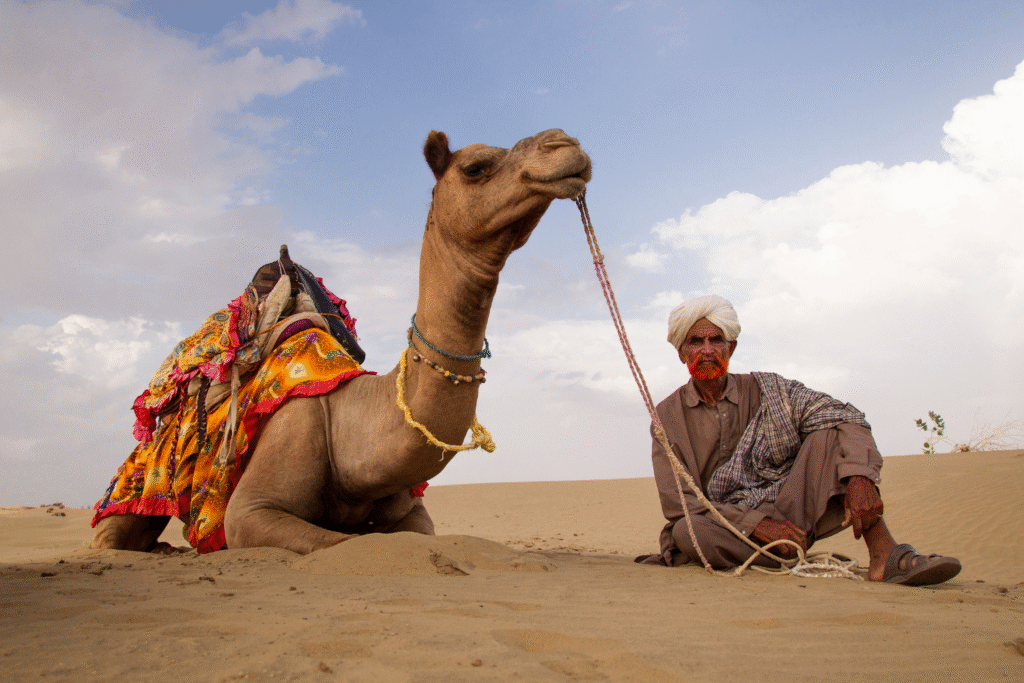
Adventure travelers seeking genuine experiences are paying premium prices for the chance to join working camel caravans, providing crucial income that helps maintain traditional trading systems. This isn’t staged entertainment – tourists are literally helping finance real commercial expeditions while getting an authentic taste of how trade worked for centuries.
The economic symbiosis works beautifully for everyone involved. Traders get additional revenue to support their operations, tourists get unparalleled access to living history, and the traditional knowledge required to organize these expeditions stays active and viable. Sometimes the best way to preserve ancient practices is to make them profitable in modern contexts, and camel caravan tourism has achieved exactly that balance.
9. Young people are choosing camels over college in some remote regions.
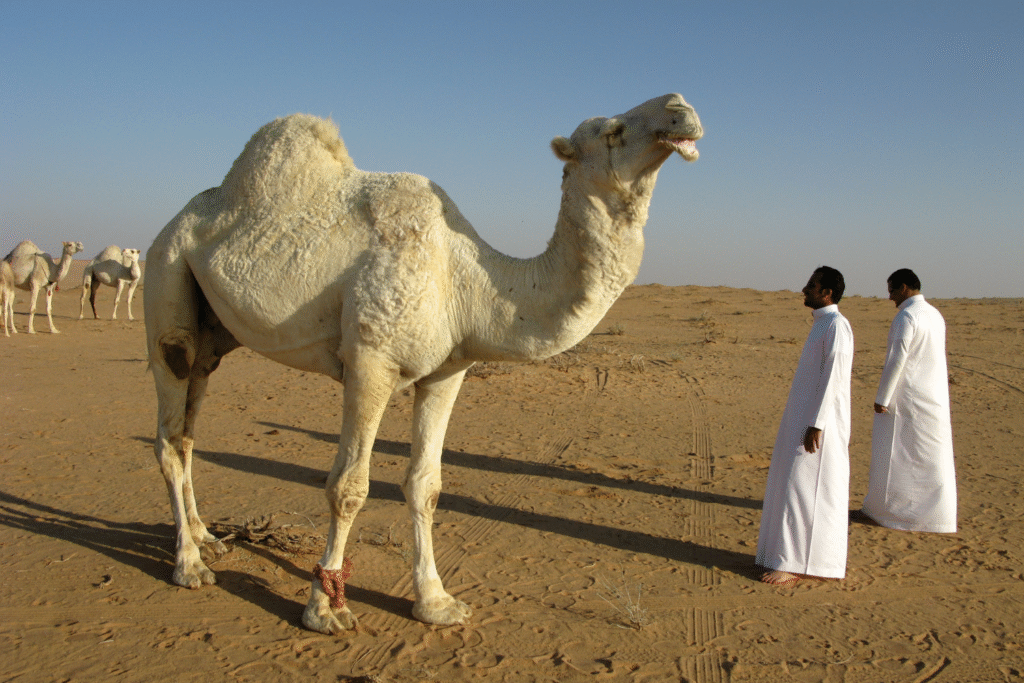
Traditional trading families are successfully recruiting new generations into the caravan business, offering economic opportunities that often exceed what formal education can provide in extremely remote areas. Learning to manage a camel caravan requires sophisticated skills in navigation, animal husbandry, negotiation, and risk management – essentially running a mobile business across international borders.
The career path makes perfect sense when you examine the alternatives. In regions where the nearest university might be hundreds of miles away and job opportunities are scarce, joining a successful trading operation offers immediate income, valuable skills, and a lifestyle that’s been proven sustainable for centuries. These aren’t people rejecting modernity – they’re making rational economic choices based on local conditions.
10. Technology is quietly revolutionizing ancient camel routes.
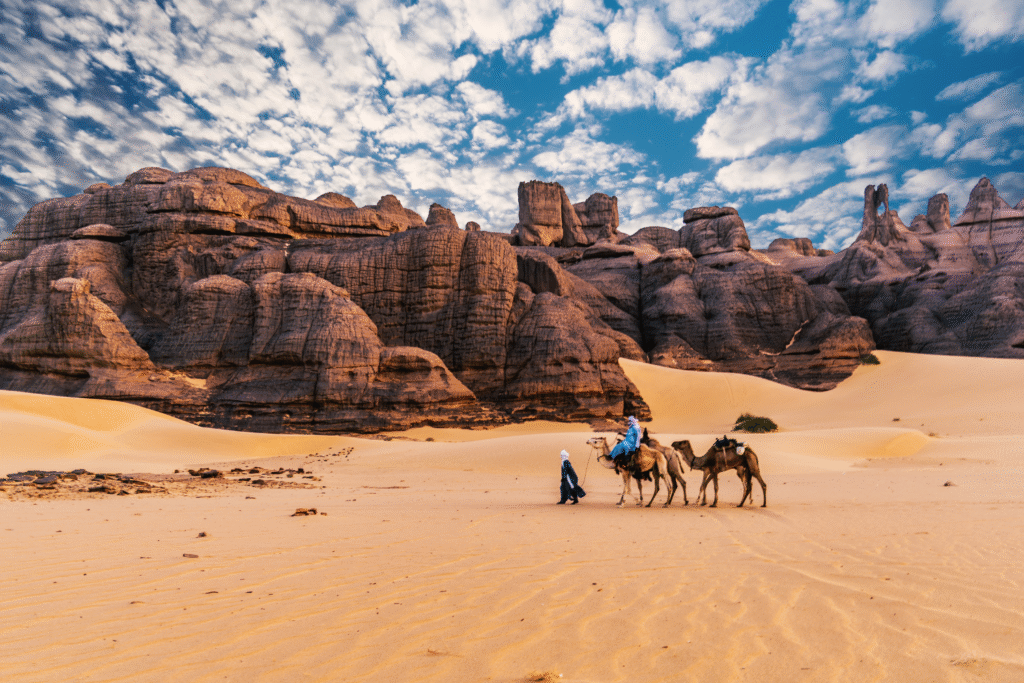
Modern caravan leaders increasingly use satellite phones and GPS devices to coordinate with markets, track weather patterns, and maintain contact with other groups, while still relying on traditional navigation and animal management techniques. The integration is seamless – old knowledge enhanced by new tools rather than replaced by them.
Solar chargers power communication devices, weather apps help plan routes, and mobile banking allows for more sophisticated financial arrangements with distant customers. The most successful modern caravans combine centuries of accumulated wisdom about desert travel with carefully selected technological advantages, creating hybrid operations that would be recognizable to ancient traders but far more efficient and connected than anything previous generations could achieve.

xcmfs6